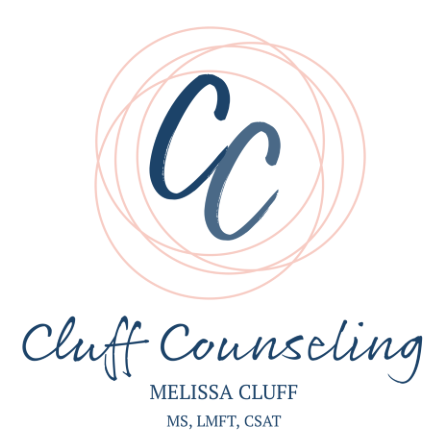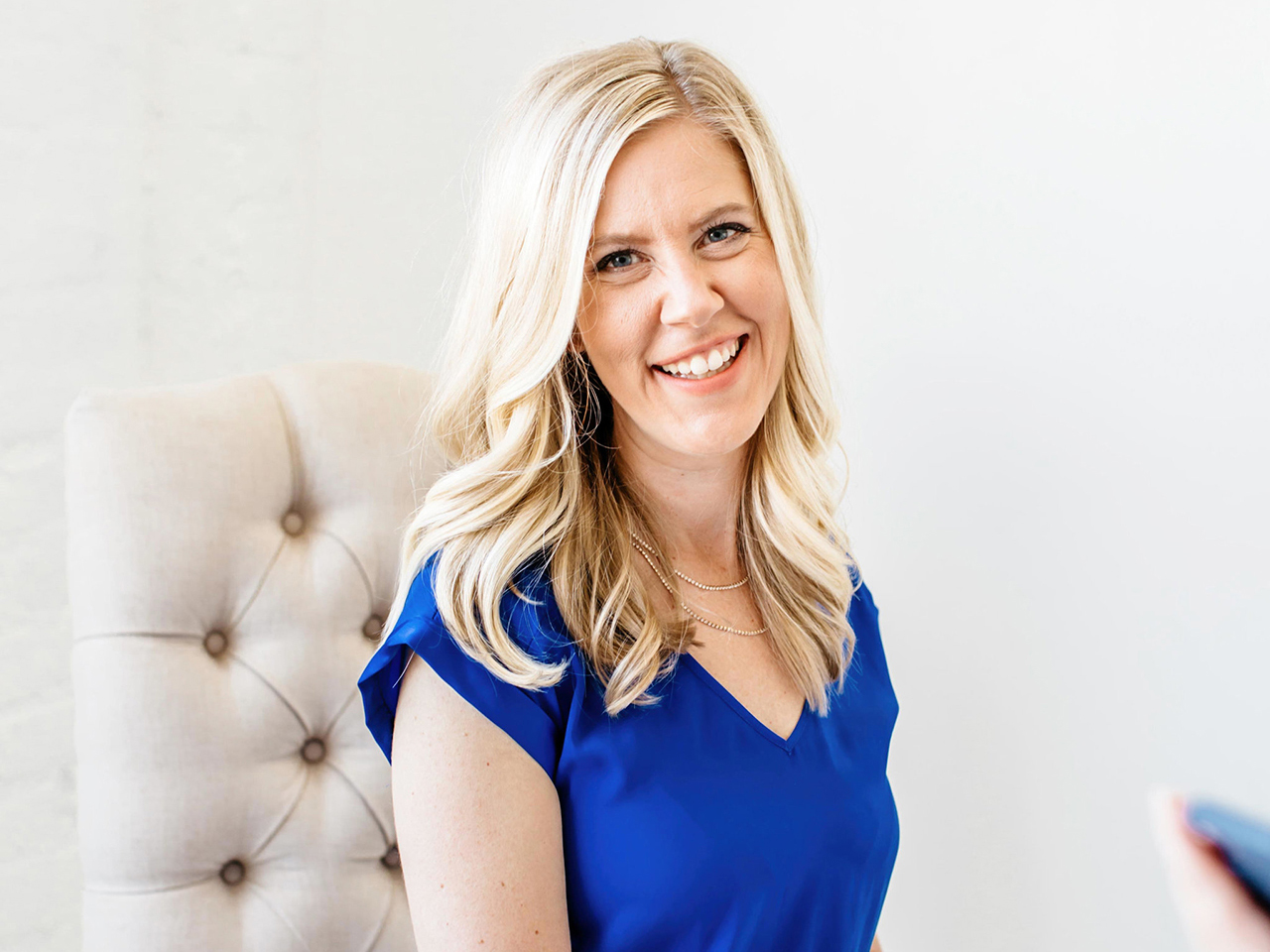Cognitive behavioral therapy, or CBT, is a short-term therapy technique that can help people find new ways to behave by changing their thought patterns.
You likely have an image of therapy in your mind–a man rigidly reclined on an uncomfortable schedule sofa, talking with a therapist about his mommy or daddy issues. In reality, therapy is not like that. The goal of therapy is to learn how to be in the driver’s seat of your own life. In fact, as I have said multiple times before, on this blog, my goal for you–and all my clients–is to not need me anymore; I am trying to work myself out of the job. It is incredible to see my clients get to this point!
One common technique that therapists use and teach is CBT, or Cognitive Behavioral Therapy. It is a kind of talk therapy that yields results in as little as 5 sessions. CBT emerged during the 1960s and originated in the work of psychiatrist Aaron Beck, who noted that certain types of thinking contributed to emotional problems. Beck labeled these “automatic negative thoughts” and developed the process of cognitive therapy. CBT is based on the idea that our thoughts, emotions and behaviors are interconnected and that changing one can change the others. It has been found to help with addiction, anger issues, anxiety, bipolar disorder, depression, eating disorders, panic attacks, personality disorders, phobias, chronic pain or serious illnesses, divorce or break-ups, grief and loss, insomnia, OCD, PTSD, substance use disorder, low self-esteem, relationship problems, stress management, to name a few. The goal of CBT is to help you learn skills that can be used outside your therapist’s office to address your real-life problems. The more you practice, the more of a habit CBT skills will become.
According to Cognitive Behavior Therapy, while you cannot control every aspect of the world around you, you can take control of how you interpret and deal with the things in your environment. This allows you to engage in healthier thinking patterns by becoming aware of the negative and often unrealistic thoughts that dampen your feelings and moods. I want to recommend an easy CBT technique, called a Thought Record, that you can do at home right now. All you need is a pen and paper (or a laptop) to take notes! When an event occurs that causes you anxiety, depressed or otherwise distressed, take a moment to write down what you are feeling:
- Write down your level of distress from 1-100.
- Write down what happened and what your automatic thoughts were when you felt this anxiety, fear or despair.
- Examine your thoughts and consider if you are possibly distorting things; write down generalizations you may see.
- Over generalizing (in the event of a date being canceled, you may think, “This always happens to me”).
- Catastrophizing (in the same event, you may think, “No one will ever want to go out with me”).
- Labeling (in the same event, you may think, “I’m a total loser”).
- Look at evidence for and against your thought.
- Ask yourself what someone might say who disagrees with you and merit their opinion.
- Consider again what happened and reevaluate the situation without the cognitive distortions
- Write down new thoughts and feelings.
- Write down again how anxious, depressed or otherwise distressed you are. Chances are your score will be lower…a lot lower!
CBT takes discipline, work and commitment. Many therapists recommend doing this exercise once or even twice a day. With time and practice, you will find that your distorted negative thoughts no longer have the grip on you that they once did. CBT is useful even for people who do not experience anxiety and depression.
You can find a pure CBT therapist in the directory of certified therapists offered by the National Association of Cognitive-Behavioral Therapists. Many therapists, like myself, use a mixture of CBT and other techniques, with our clients. Please do not hesitate to contact me today to learn more!
Melissa Cluff is a Licensed Marriage and Family Therapist based in North Texas, providing face-to-face and telehealth therapy options to clients in Texas.
References:
- Academy of CT
- American Psychological Association: What is Cognitive Behavioral Therapy?
- Association for Behavioral and Cognitive Therapies Website
- Cluff Counseling: Addiction 101:Analogy of the Driver’s Seat
- Cluff Counseling: Depression is Not a Life Sentence
- Cluff Counseling: Different Yet the Same: OCD & OCPD
- Cluff Counseling: Doing the Things You Enjoy Can Help Your Anxiety
- Cluff Counseling: Eating Disorders 101
- Cluff Counseling: The Five Chairs of Grief
- Cluff Counseling: Phobias: When Fear Becomes Debilitating
- Cluff Counseling: Reliving the Horrors: PTSD
- Cluff Counseling: Self-Esteem & Self-Worth: Two essential Components of the Self
- Cluff Counseling: Seven Questions Your Therapist Doesn’t Want You to Ask
- Cluff Counseling: The Swinging Pendulum of Bipolar Disorder
- David Burns: Feeling Good
- Mayo Clinic: Cognitive Behavioral Therapy
- Medical News Today: How does cognitive behavioral therapy work?
- National Association of Cognitive-Behavioral Therapists
- Right as Rain: These At-home Cognitive Behavioral Therapy Tips Can Help Ease Your Anxieties
- Robert Leahy: The Worry Cure
- Very Well Mind: What Is Cognitive Behavioral Therapy (CBT)?


